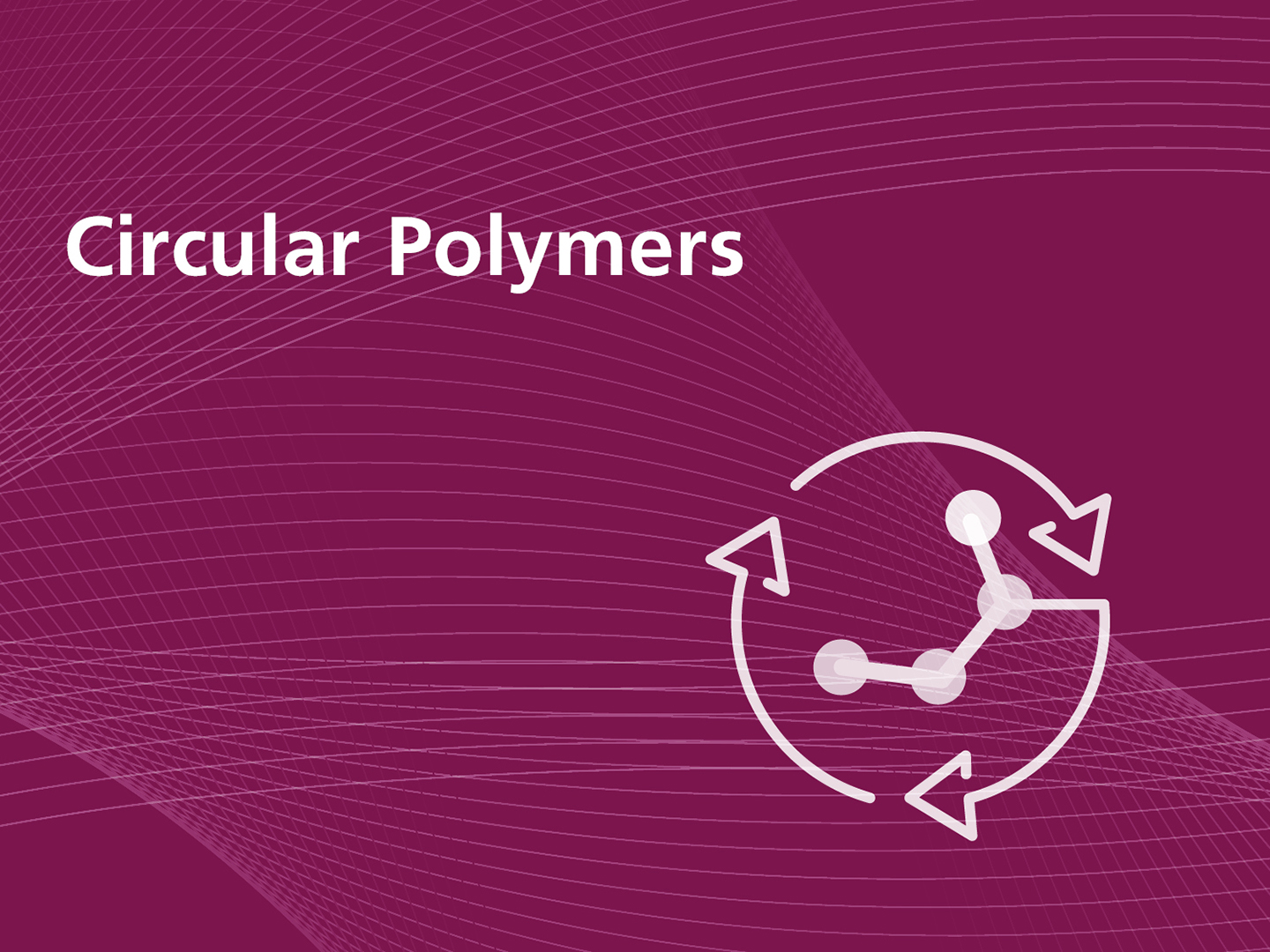Pia Borelbach works in the Research Department "Circular Polymers". At Fraunhofer CCPE, she works on the degradation behavior of plastics in the environment.

What are you working on at Fraunhofer CCPE? What creative ideas are you currently pursuing in your research area?
At Fraunhofer CCPE, I am working on the degradation behavior of plastics in the environment. Plastics enter the environment in various ways - on the one hand unintentionally, for example through littering, but on the other hand also planned in applications such as mulch films or geotextiles. We are researching methods to replicate the degradation behavior of plastics in the laboratory and to be able to evaluate this in the future. The standardized tests for the certification of biodegradable plastics work with shredded materials in closed containers. Thus, although biodegradation via CO2 generation or oxygen consumption can be demonstrated well, the experimental set-up deviates strongly from the real conditions. Our idea was therefore to develop test rigs that are closer to the actual environmental conditions. In one of our stands, the degradation of product samples on soil can be studied under the simultaneous influence of UV light. Regular sprinkling of the samples is also provided. In another test stand, the samples are tested in a simulated stream.
Do you have a concrete project example respectively why is this interesting for the industry/society?
A typical application for biodegradable plastics is mulch films. These are often used in agriculture to improve the growing conditions of plants. Biodegradable mulch films should remain stable on the fields during their period of use and only degrade after harvest. With our methods, the expected time until the onset of functional loss and the duration of degradation can already be tested during or in the material development phase for such films. This means that later complaints about too early or too late degradation can be avoided. Of course, different components of the material formulation or different additives can also be investigated for their effect and thereby provide the basis for a material development.
What is your highlight from almost 5 years of Fraunhofer CCPE?
My personal highlight was the first test run of the newly developed soil degradation state, with which we were able to show that our idea works in principle, even if not everything had been perfect at that point. In the meantime, we have an optimized test rig with which we can realistically simulate the degradation of plastics.
What does your day-to-day work look like?
The practical execution of degradation tests is only a small part of my work. Much more time-consuming is the evaluation of the extensive data generated by the tests. Various analytical methods are used to assess aging, such as the documentation of optical changes via microscope images or the determination of polymer physical and chemical properties. When unexpected results occur, I search the literature for possible explanations and exchange ideas with colleagues from different disciplines.
What fascinates you about your work at Fraunhofer CCPE?
At Fraunhofer CCPE, scientists with different professional backgrounds, experiences and from different institutes work together. This results in the most diverse perspectives on the topic of circularity. I consider this to be very rewarding.
